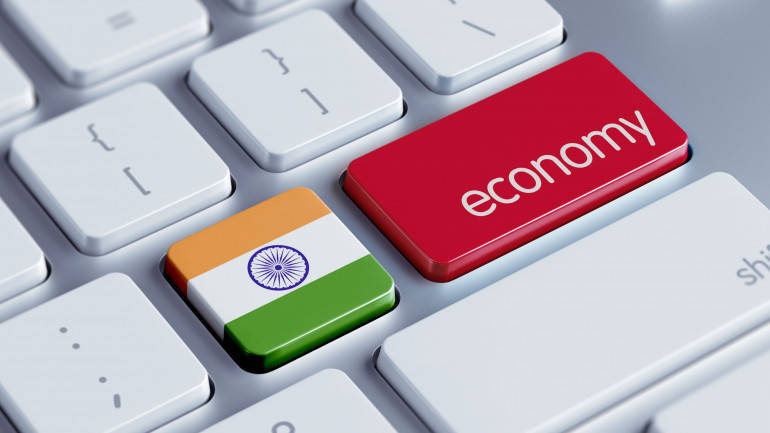RBI increases repo rate
June 7, 2018 | Expert Insights

For the first time since 2014, the Reserve Bank of India has hiked key lending rate or repo rate by 25bps to 6.25%. RBI also retained its “neutral stance” which has come as a surprise for analysts and experts.
Background
India’s economy can be described as a developing economy. It is the world's seventh-largest economy by nominal Gross Domestic Product. It is also the third largest economy in terms of Purchasing Power Parity (PPP). However, it ranks at 141 in per capita GDP (nominal). In 2018, Goldman Sachs Group, Inc, a multinational finance company downgraded India's economic forecasts. It had initially projected India’s growth to be at 8% for the financial year 2018-2019. In a note, the bank’s analysts have explained that the growth rate is now expected to be at a more modest 7.6%.
Repo rate
It is the rate at which the Reserve Bank of India lends money to commercial banks in the event of any shortfall of funds. Repo rate is used by monetary authorities to control inflation.
RBI
The Reserve Bank of India (RBI) is India's central banking institution, which controls the monetary policy of the Indian rupee. It commenced its operations in 1935. It plays a vital role in the Development Strategy of the Government of India and is a member bank of the Asian Clearing Union.
Analysis
The Reserve Bank of India has revealed that it would be retaining India’s GDP growth projection to 7.4% y-o-y in FY19 (year-ending March 2019) from 6.6% in FY18. It has also projected retail inflation at 4.8-4.9% for April-September, 4.7% in H2 FY18.
Perhaps the biggest surprise was the central bank increasing repo rate by 25 bps to 6.25% for the first time since 2014 while also retaining its “neutral stance.” The committee “felt that there was enough uncertainty for us to keep to the neutral stance and yet respond to the risks to (the) inflation target that have emerged in recent months,” RBI Governor Urjit Patel told reporters.
Madan Sabnavis, chief economist at CARE Ratings said the RBI’s move has come in as a surprise. “We were expecting no change with a hawkish stance. But they have gone for a rate hike and a neutral stance. We interpret that they expect inflation to go up,” he said.
Some experts have suggested that growth and inflation is likely to head higher in the coming months. Thus, RBI might introduce another 25-bps rate hike in August of this year. Even though the central bank is retaining its neutral stance, this could be the beginning of a modest tightening cycle by the RBI. “With growth strengthening and core inflation picking up, we think today’s hike marks the start of a modest tightening cycle,” said Shilan Shah, the senior India economist at Capital Economics.
“If the current trend of increasing inflation and oil prices continues, we expect another 25-bps hike somewhere during this fiscal year,” said Sudhakar Pattabiraman, head of research operations at research firm William O’Neil.
This will possibly have a direct impact on the common man. This could result in banks raising lending and deposit rates in the near future. “Some banks have already raised MCLR (marginal cost of funds-based lending rate). The cost of borrowing will go up. But banks will also hike deposit rates and it will be good for savers,” Sabnavis said.
“Various indicators like inflation expectation surveys, crude prices or exchange rate depreciation were pointing towards inflation risks. RBI action today is a reaction to rising inflation threat,” said Dharmakirti Joshi, chief economist at Crisil.
Assessment
Our assessment is that the RBI’s policy is in response to strong inflationary pressures, a strong dollar, and rising interest rates in the US. We believe that the hike will result in higher lending rates on housing, auto, and other related sectors.








Comments